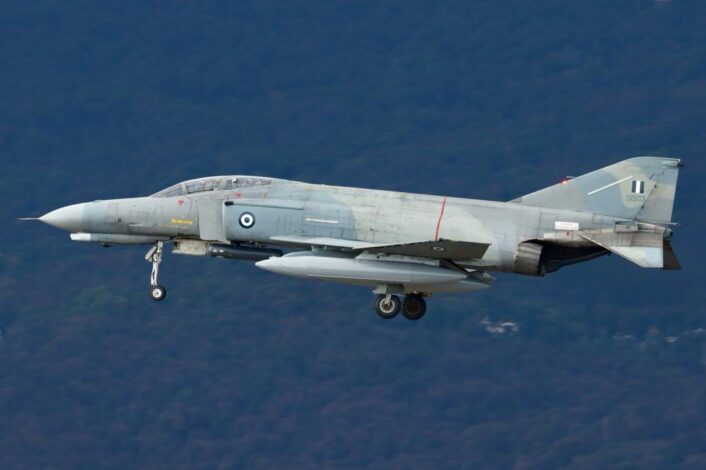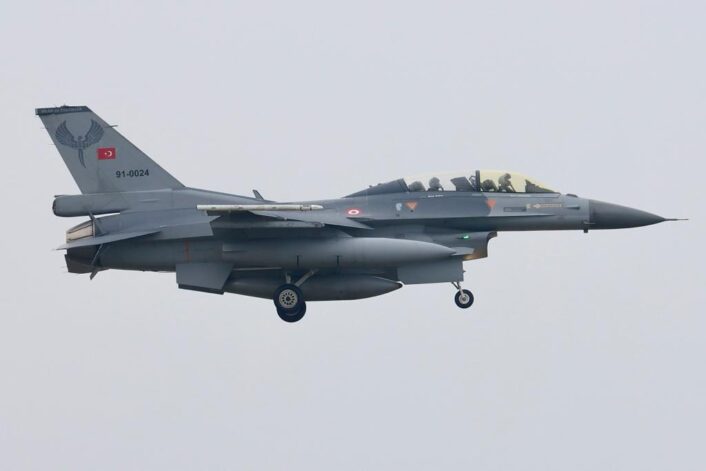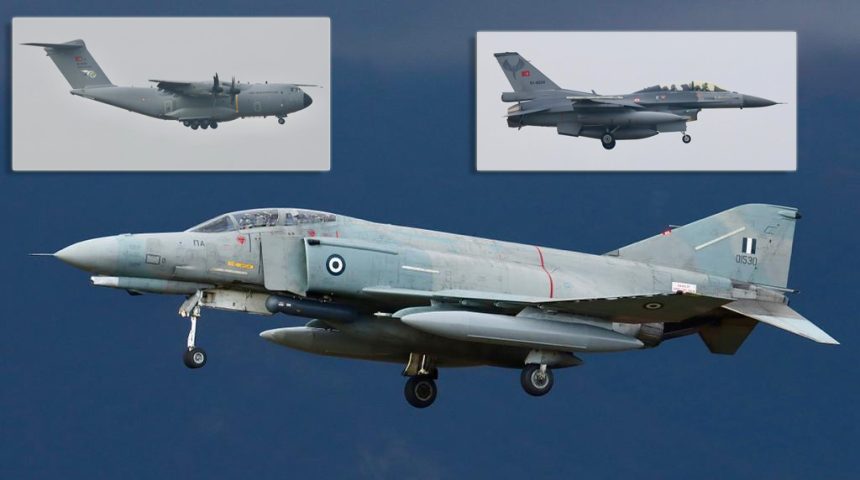Poggio Dart 2022 is currently underway in northern Italy.
Organized by the NATO Deployable Air Command and Control Centre (DACC), based at Poggio Renatico in northern Italy, between Nov. 2 – 10, 2022, Poggio Dart 2022 (PODA-22) is an exercise that sees the involvement of four NATO nations (Greece, Italy, Turkey and U.S.), and about 30 aircraft, including F-35s, F-16s, F-4s, Eurofighter Typhoons and Tornado ECRs, with the foreign assets deployed to Aviano AB, Italy.
“The DACCC is the only NATO asset capable of providing an active and passive radar detection capability,” says the NATO Allied Air Command website. “Combined active and passive radar sensor networks are critical capabilities for NATO’s air surveillance of Alliance airspace. Deployable active radars provide an efficient addition to existing static and airborne command and control platforms reinforcing the preparedness of NATO’s air and space power.”
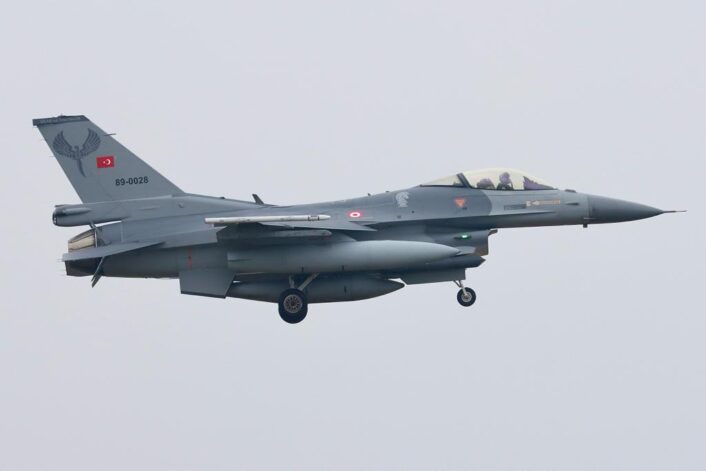
Interestingly, this edition of the drills, also see the deployment of the Deployable Air Defence Radar (DADR) LANZA LTR-25, a mobile radar that, together with the two passive sensors, Deployable Passive ESM Tracker (DPET), enhances the integration and interoperability of the NATO Air Surveillance and Defense system, from Poggio Renatico Air Base to Cervia Air Base, Italy, on the eastern Adriatic coast of Italy, where most of the operational areas of the exercise are located.
Iniziano oggi le attività di volo per l’esercitazione NATO “Poggio DART 2022” sull’Italia centro-settentrionale. Predisposti corridoi ed aree ad hoc.https://t.co/hp50O83HkZ
— Desk Aeronautico (@DeskAeronautico) November 7, 2022
Moreover, for the first time NATO’s ACCS system (Air Command and Control System) was used for the first time in its entirety. The DACCC of Poggio Renatico is in fact the only unit of the Command and Control structure of the air component that uses this system: the Deployable Air Operation Center (DAOC) for the operational planning part (AOD, ATO, etc), while the Deployable Air Control Center, RAP Production Center, Sensor Fusion Post (DARS) for the tactical executive part (in-flight control of the aircraft and airspace management).
The PODA 22 exercise is planned to be split into two parts: during the first week, a CAX (Computer Assisted Exercise) was carried out with a simulation generated using interconnected computers; during the second week, the training will involve actual assets, including 4th and 5th generation aircraft.
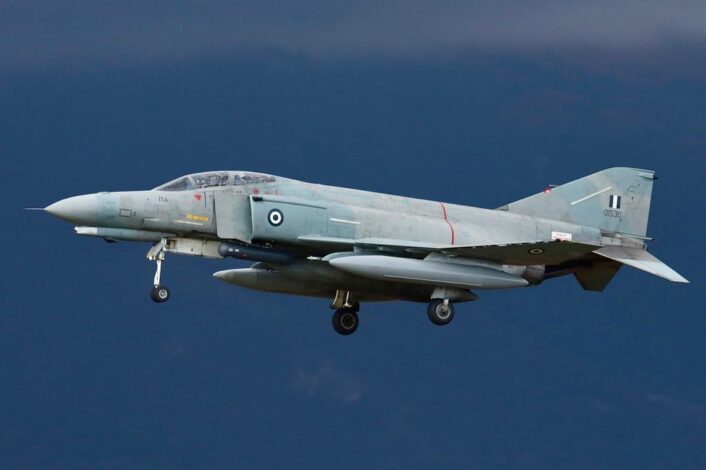
The purpose of the exercise is, among the others, to develop a mutual operational capacity and cooperation among NATO members and test the command and control function to support a Very High Readiness Joint Task Force (VJTF) in the operational area.
With the Turkish and Greek fighters deploying to Aviano, local spotters had a chance to shoot some interesting images of the Turkish Air Force F-16s and the Hellenic Air Force F-4E Phantoms and their support aircraft as they arrived in Italy for PODA 22. Those in this post were taken by our contributor Claudio Tramontin.
